Monogram 1/48 P-40B Warhawk
Conceived as a pursuit aircraft, the P-40B was agile at low and medium altitudes but suffered from a lack of power at higher altitudes.
The First American Volunteer Group (AVG) of the Republic of China Air Force, nicknamed “The Flying Tigers”, was formed to help oppose the Japanese invasion of China. Operating in 1941–1942 and commanded by Claire Lee Chennault, it was composed of pilots from the United States Army Air Corps (USAAC), Navy (USN), and Marine Corps (USMC).
The Flying Tigers began to arrive in China in April 1941, with the group seeing combat on 20 December 1941, 12 days after the Pearl Harbor Attack. Chennault received crated Model P-40Bs which his airmen assembled in Burma at the end of 1941, adding self-sealing fuel tanks and a second pair of wing guns, such that the aircraft became a hybrid of B and C models.
Compared to opposing Japanese fighters, the P-40B's strengths were that it was sturdy, well armed, faster in a dive and possessed an excellent rate of roll.
Able to tolerate harsh environmental conditions and with its semi-modular design deeming it easy to maintain in the field, the plane's most critical problem was the lack of spare parts, the only source being from damaged aircraft.
The AVG was highly successful, and its feats were widely publicized by an active cadre of international journalists to boost sagging public morale at home. According to its official records, in just 6+1⁄2 months, the Flying Tigers destroyed 297 enemy aircraft for the loss of "just" fourteen pilots in air-to-air combat.
This is the venerable Monogram quarter scale P-40B, an oldie by all means, but a kit that, due to its VERY correct general shape, constantly motivates you to walk the extra mile, somehow improve it and come up with a passable result. The kit was entered to our friend's @lis wonderful "Pearl Harbor" GB.
Should you wish to read the full build review, you may do so by visiting my beloved site Modelingmadness:
https://modelingmadness.com/review/allies/us/usaaf/p40/pen40b.htm
Happy modelling!
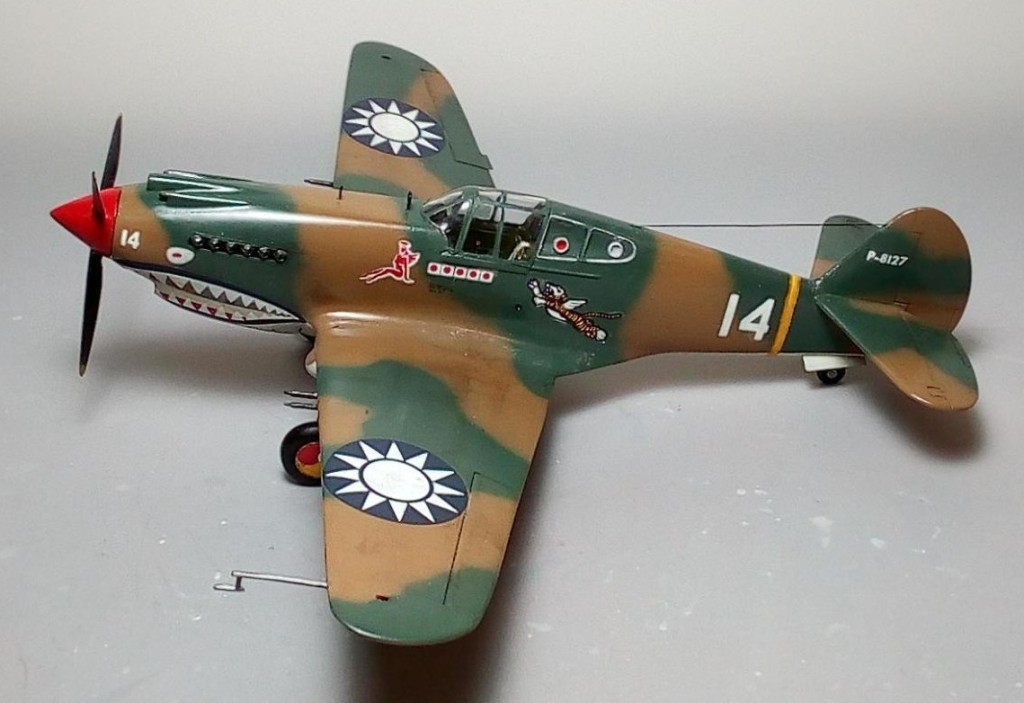
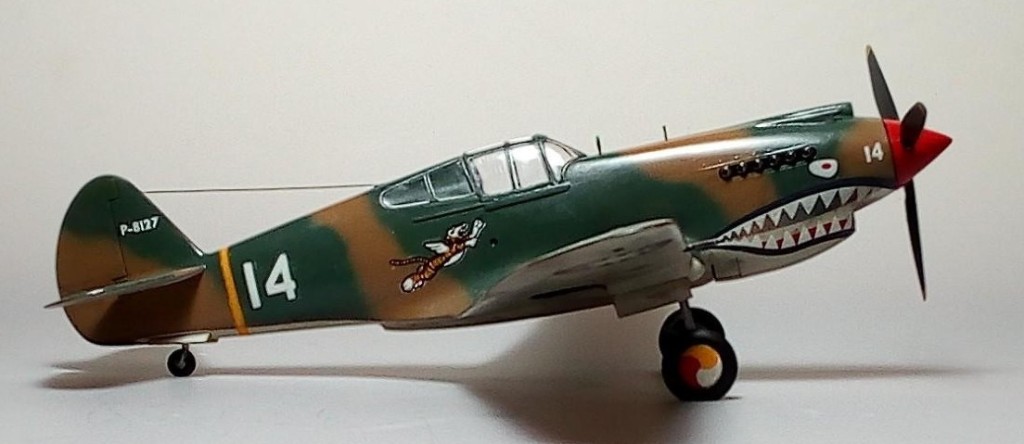
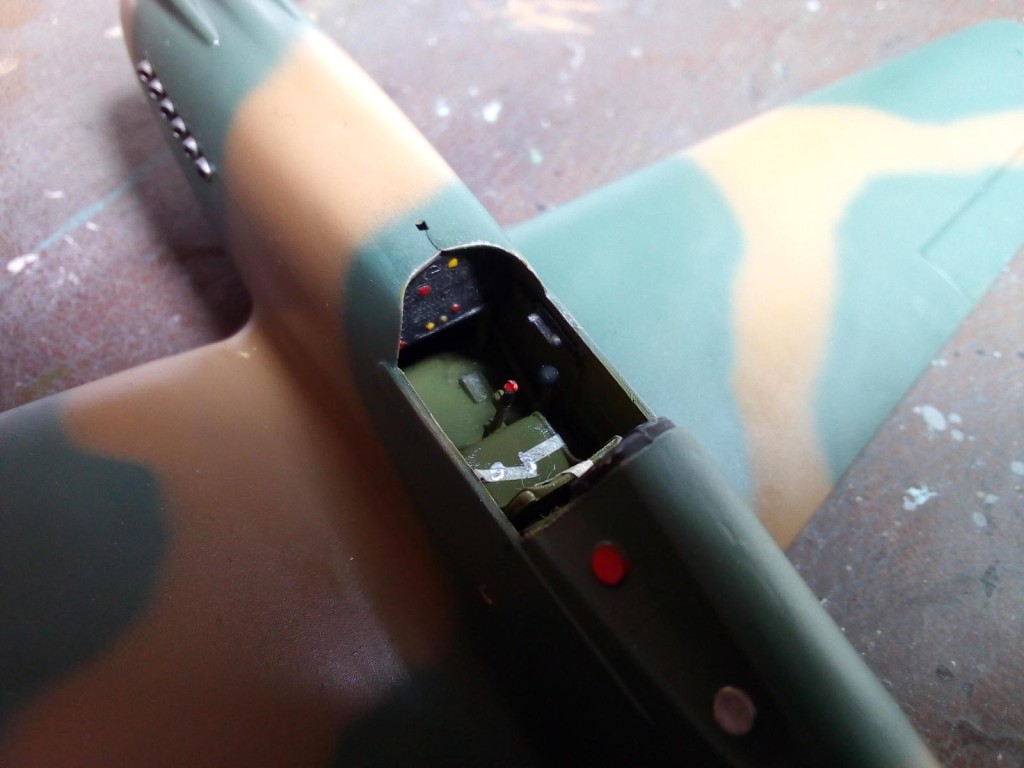
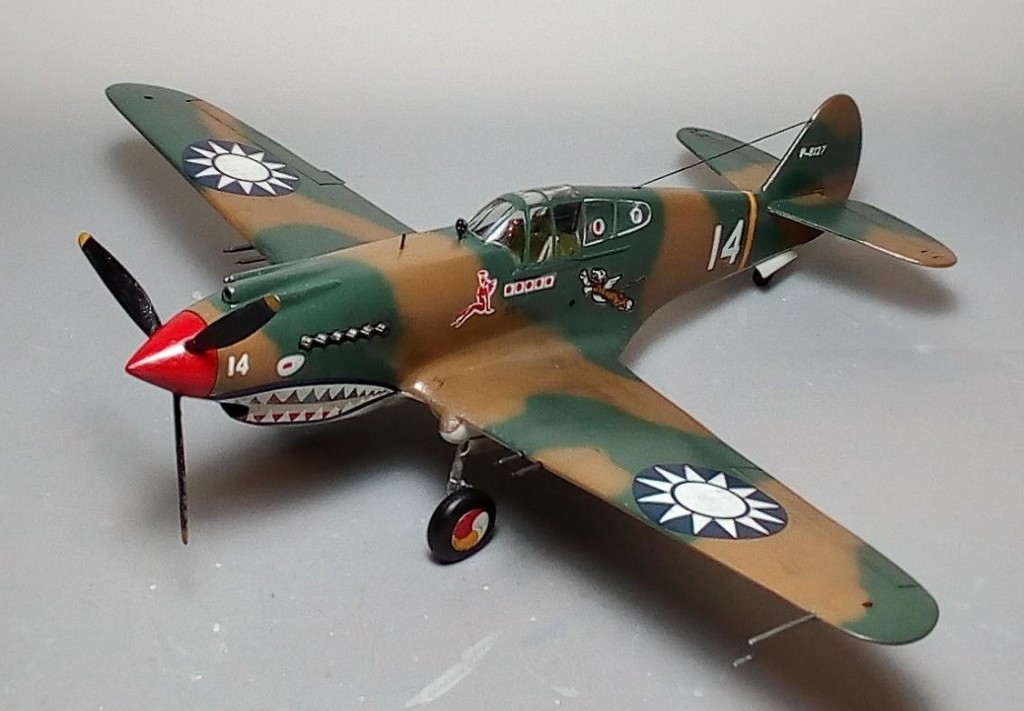
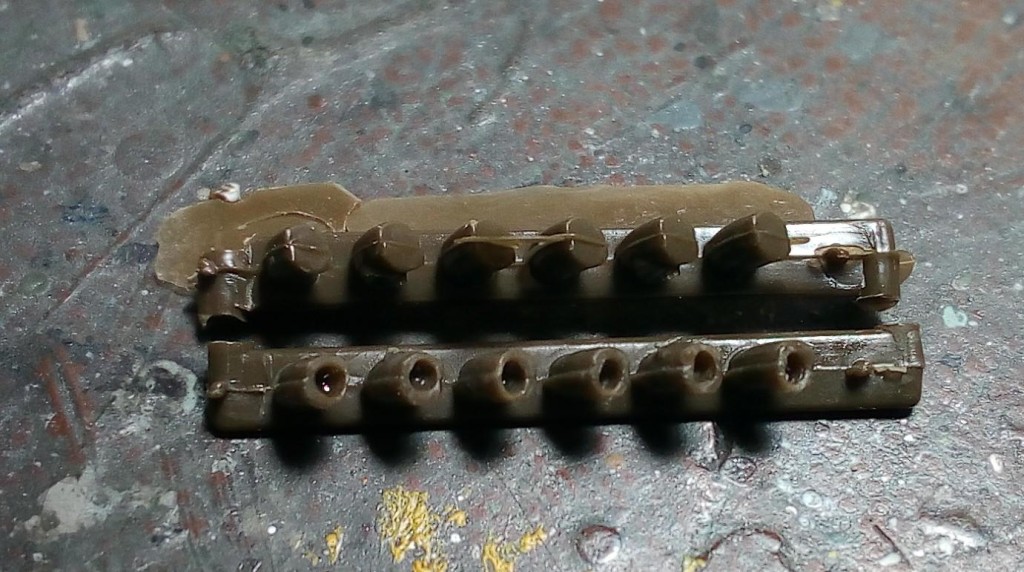
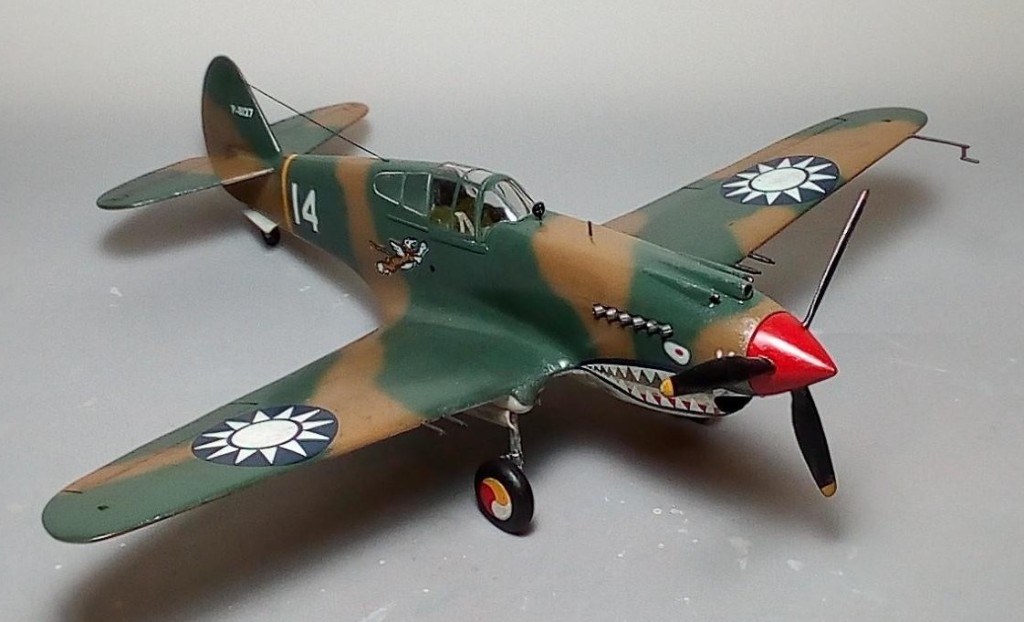
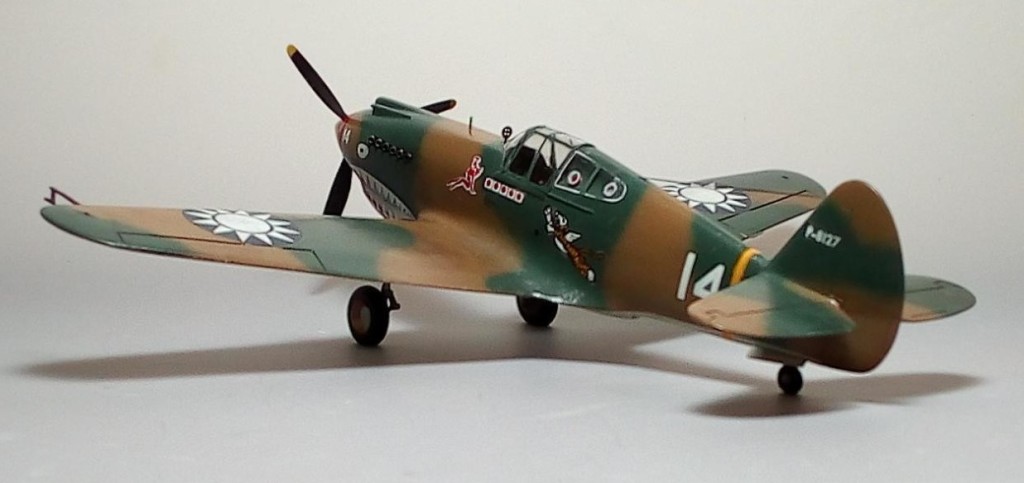
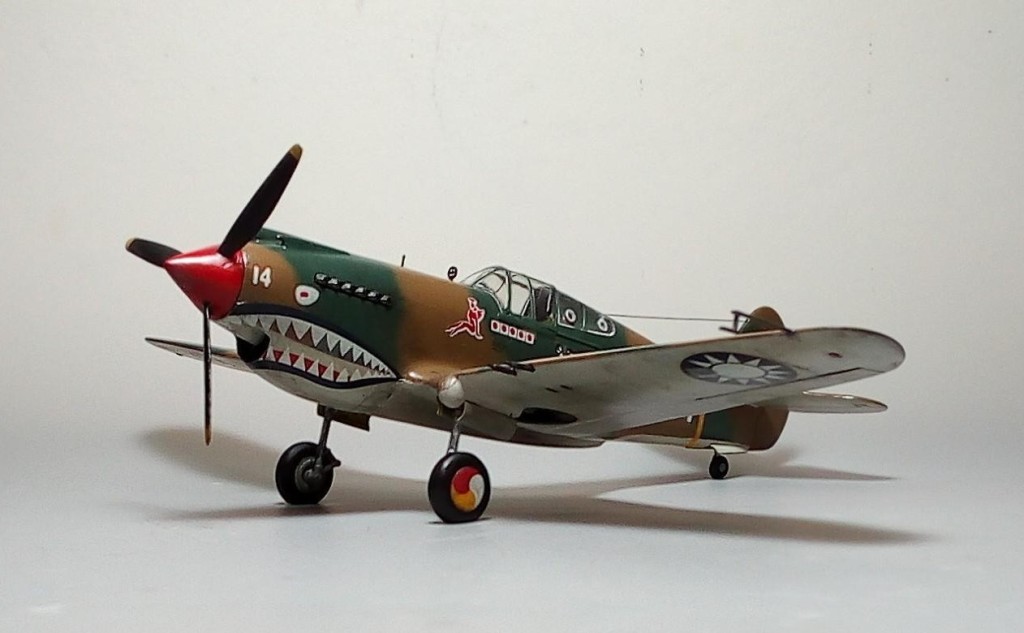
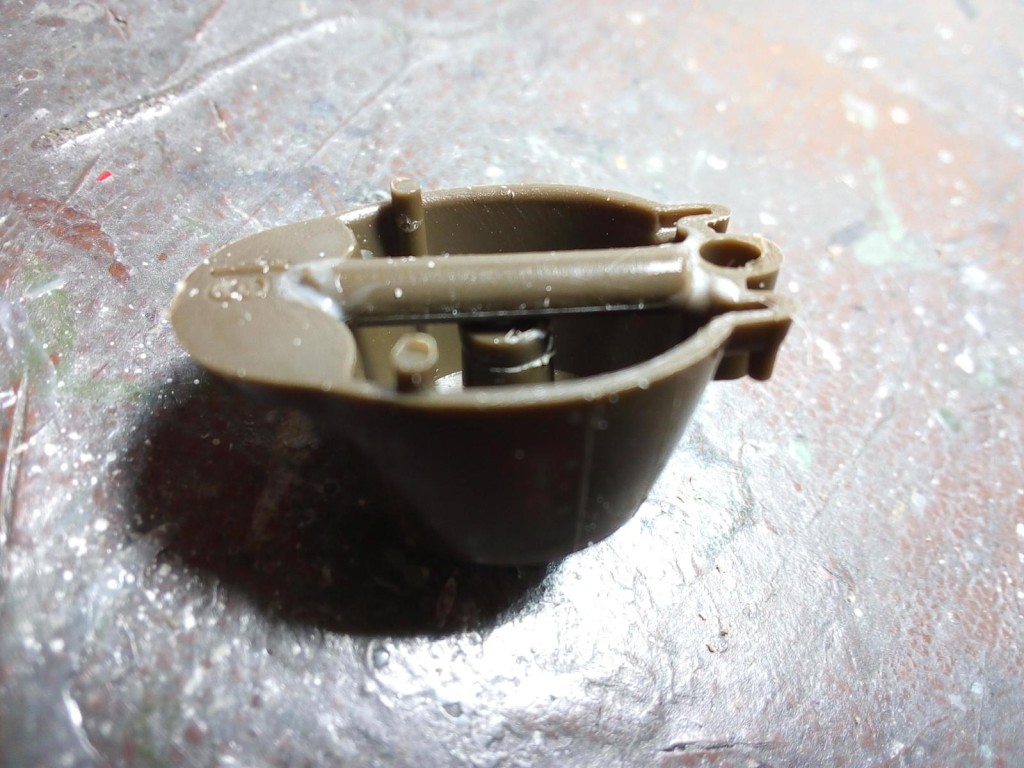
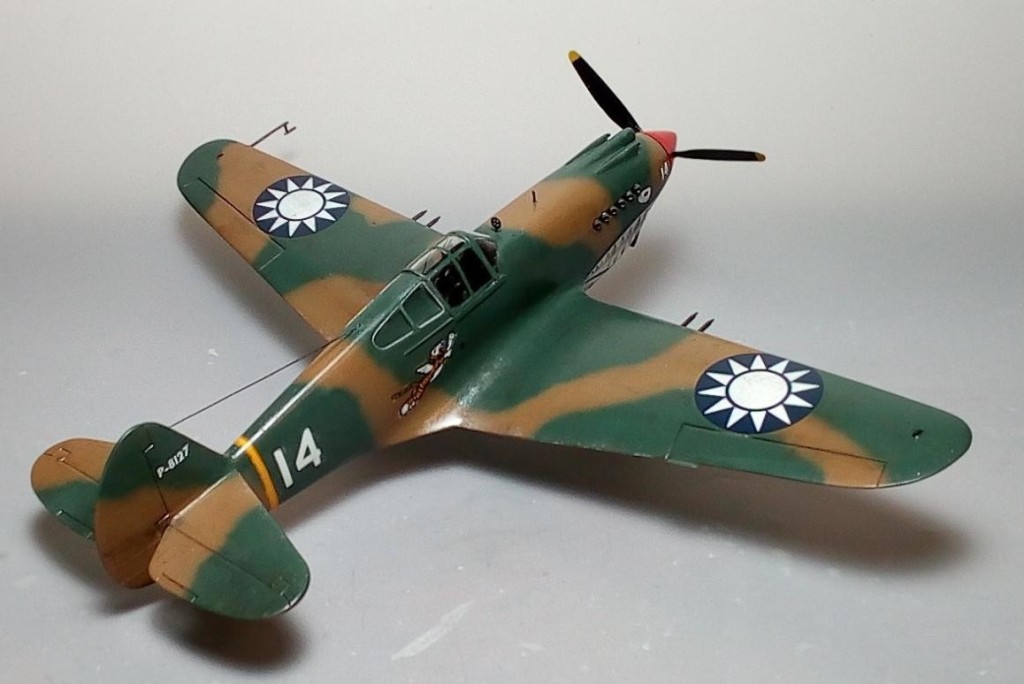
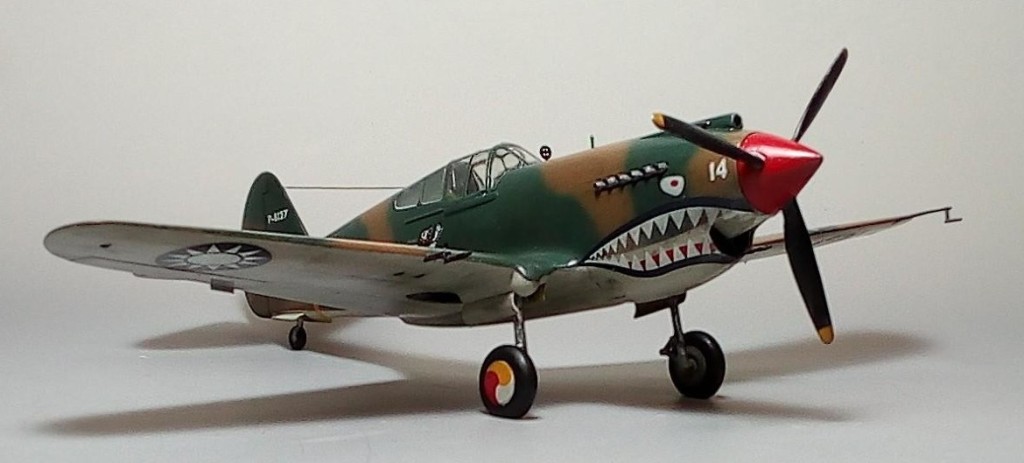
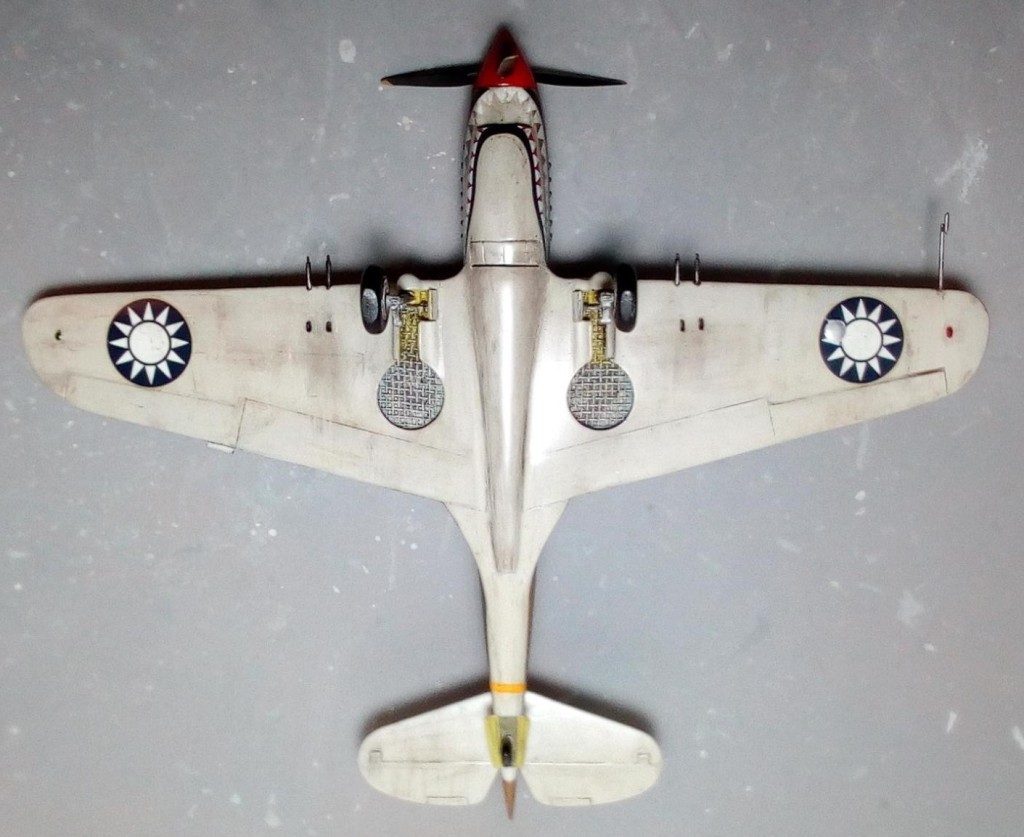

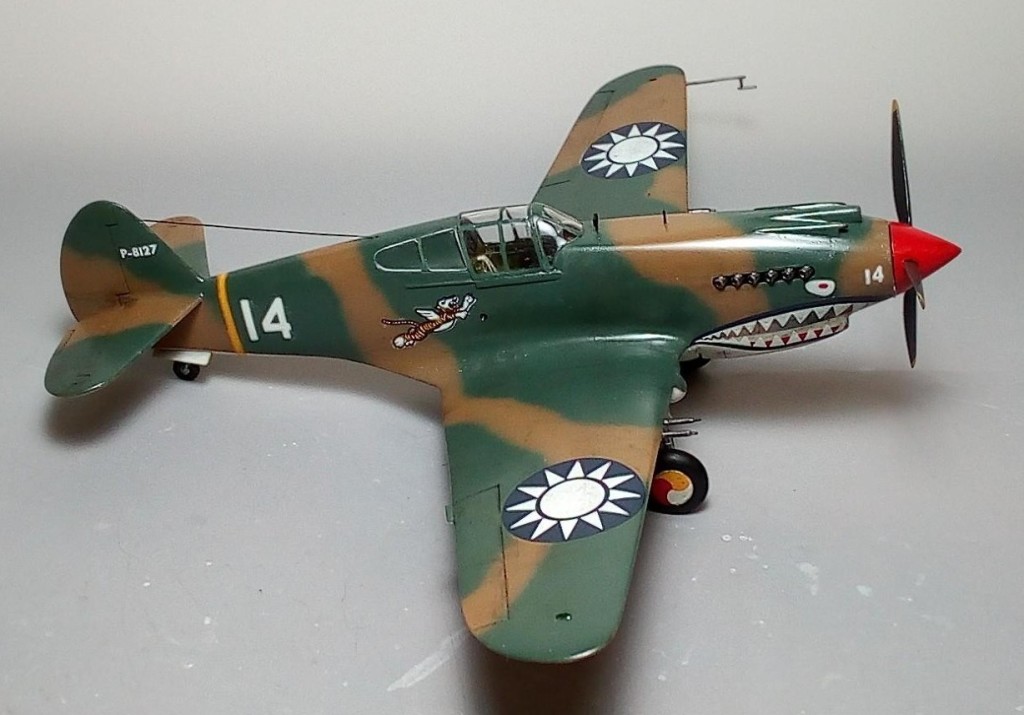
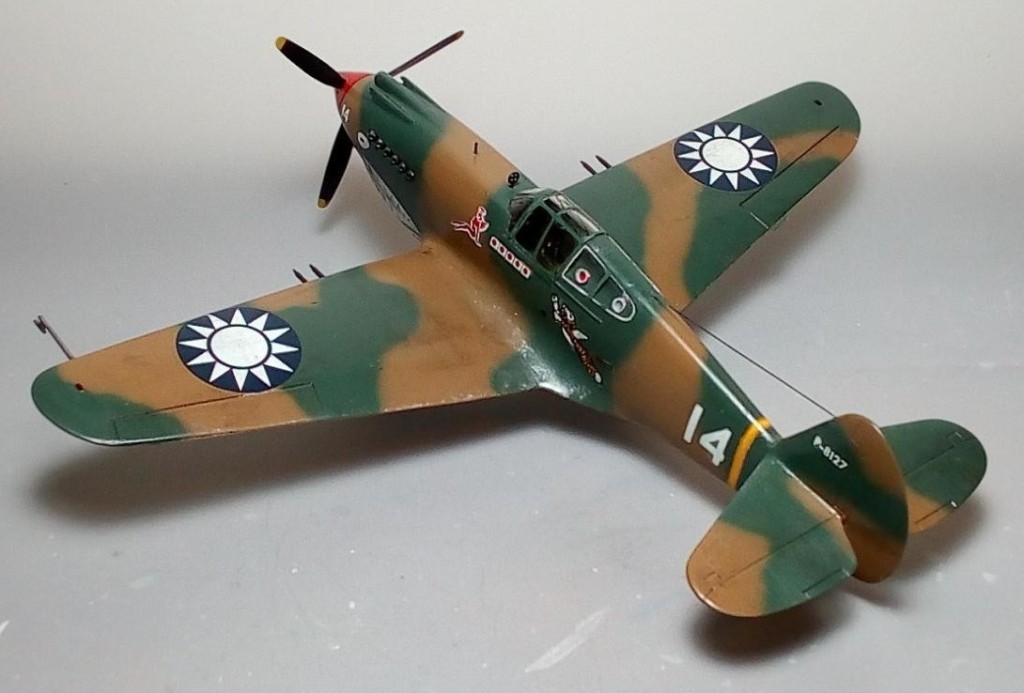
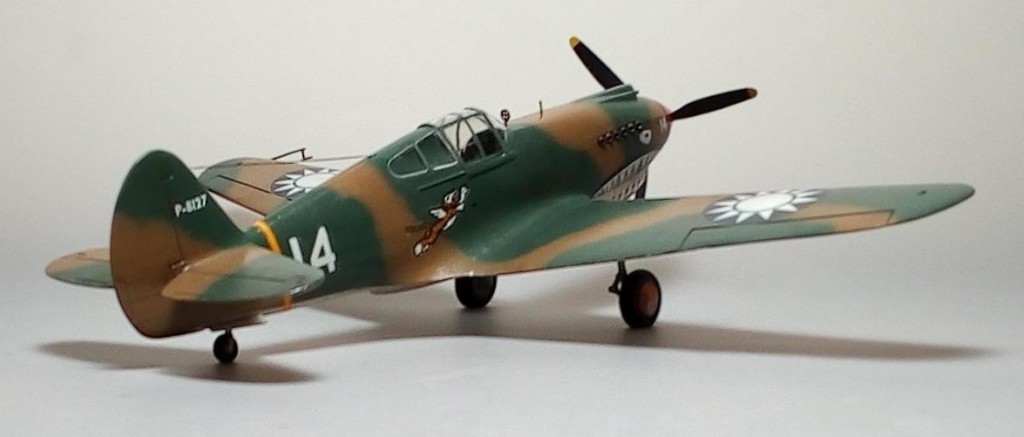
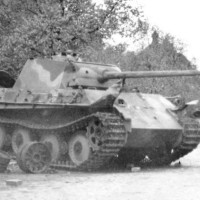
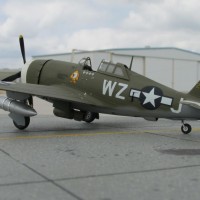
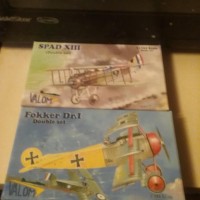
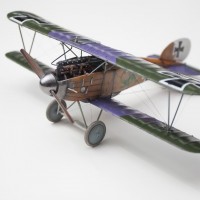
Like the AVG pilots took the most out of this aircraft, you absolutely took the most out of this kit, Spiros @fiveten
A beautiful build accompanied by a nice article on the Flying Tigers.
Well done.
Thanks my friend @johnb!
Spiros, @fiveten, that really turned out nice. I like the early P-40 and you really did bring out the best of this old kit. I am looking a the Airfix kit and building one of the Pearl Harbor P-40's and a Pearl Harbor "Zero" from Eduard. I think you got the colors right, it looks great.
Thanks my friend @luftwaffe-birdman!
Love this! As one who recently built this kit I can say that you did a fabulous job. I wish I had more of these in my stash to build when you just want to get out something that is simple and still builds up nice. Great job Spiros!
Thanks my friend @dbutlr! Wish I had more of them too!
Very nice, eye-catching P-40, Spiros. Looks like you got perfect application of the kit decals. Even though it is an older kit, there is something that looks "right" about the Monogram P-40 - they got the shape better IMO than any other manufacturer in 1/48. Brings back memories of building Monogram in the 70s as a kid.
Thanks so much, my friend @coling! Yes, Monogram got that "right".
Nice result on this old chestnut, @fiveten.
Thanks my friend @tcinla!
My Chinese friends love models like this, Spiros, excellent work.
Thanks my friend @chinesegeorge!
Excellent build of an oldie, Spiros.
Thanks my friend @dbdlee!
Great build Spiros @fiveten. You made a sharp looking flying tiger! 53 years ago I built this kit and loved it. You put in a lot of good work and it shows.
Thanks my friend @v1pro!
An 'Oldie' but a 'Goodie' , especially the way you finished it, Spiros!
Gotta love the shark teeth.
Thanks my friend @georgeswork!
One of my favorite Monogram kits, built one in high school 45 years ago, and another one a few years back. Yours looks great, love the paint work. Did you use the clay molding method for the camo feathering on this one?
Thanks my friend @robgenev665! The top camo was freehanded, with my airbrush at fine settings.
A kit classic...nice work with that oldie!
Thanks my friend @grimreaper!
Great work Spiros, and I love the history lesson. Well done on both fronts.
Thanks my friend @Rory!
Classic work on a classic kit, Spiros. Well done.
Thanks my friend @gwskat!
Great oldie, Spiros.
Thanks my friend @j-healy!
Beautifully done , Spiros! @fiveten
Thanks my friend @roofrat!
Beautifully done, Spiros! @fiveten.
Looks good Spiros! And an aircraft I actually recognize (for a change)! 🙂
Thanks my friend @gkittinger!
Great job on this kit, Spiros! Really like your trick of using the extra sprue to keep the prop shaft in place.
Thanks my friend @eydugstr!
great work!
Thanks my friend @lis!